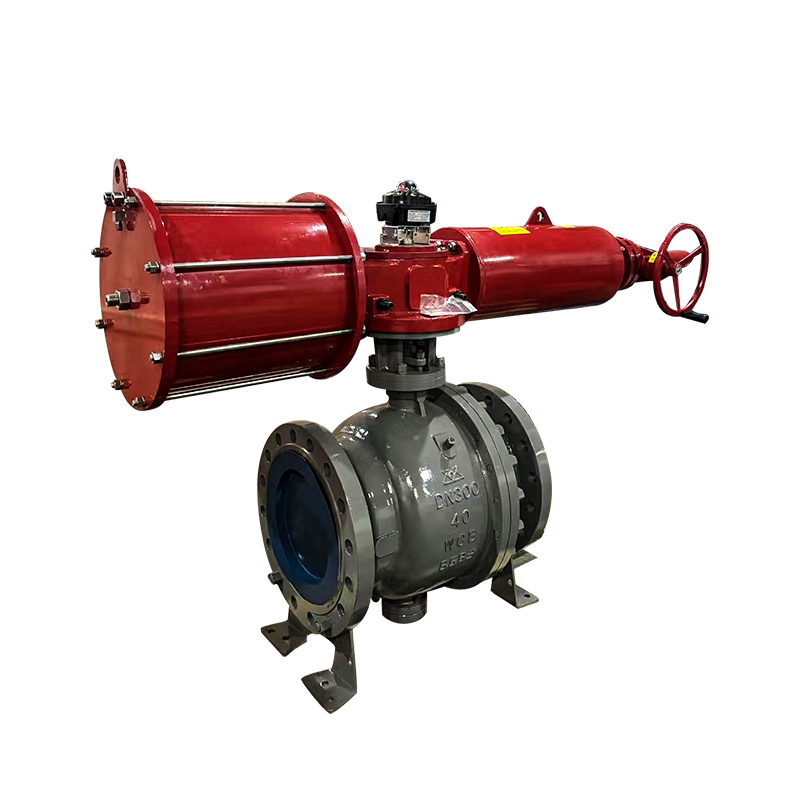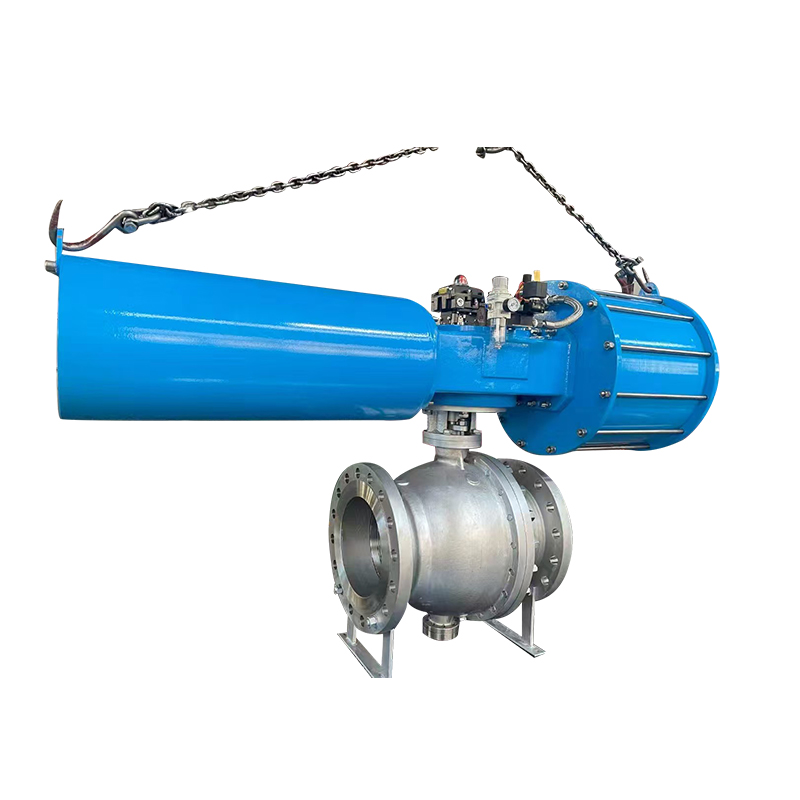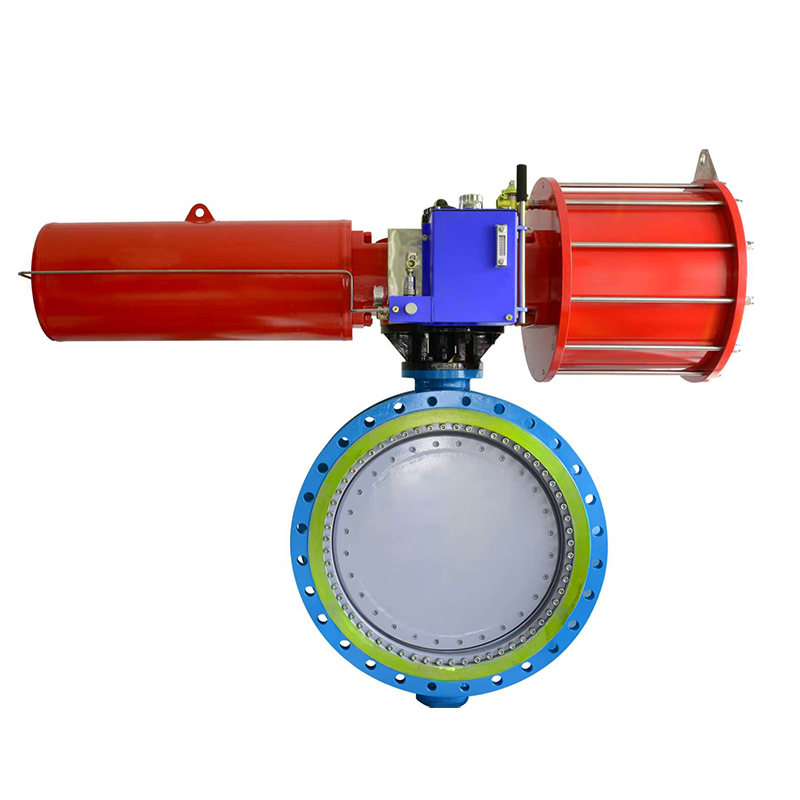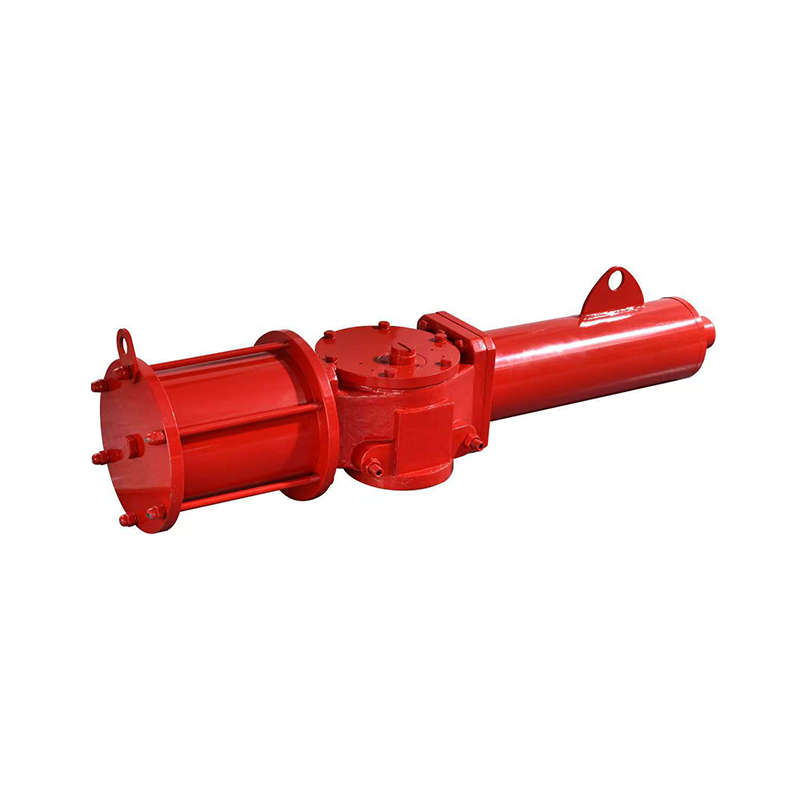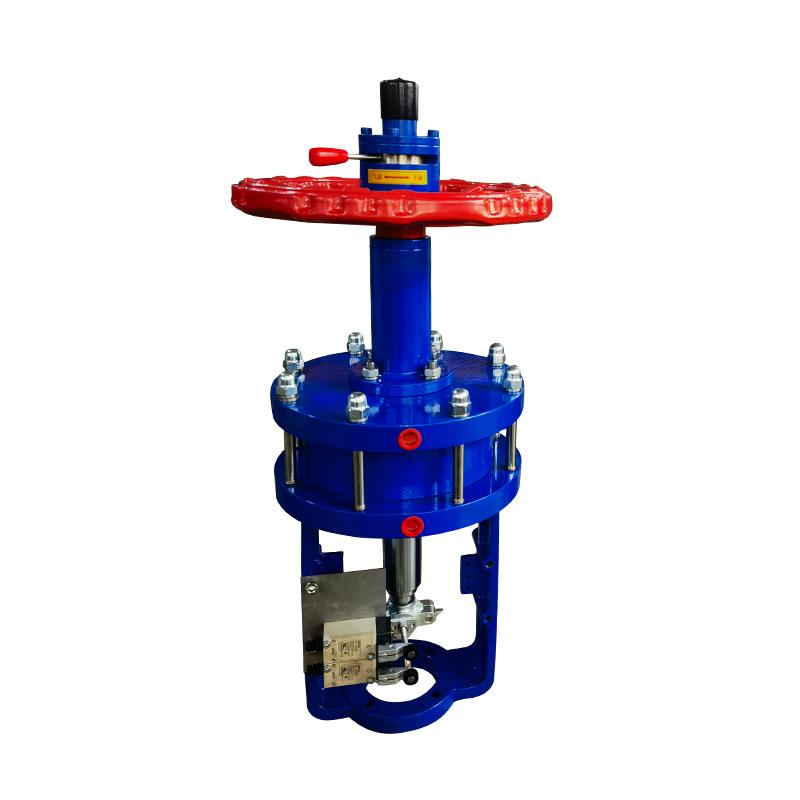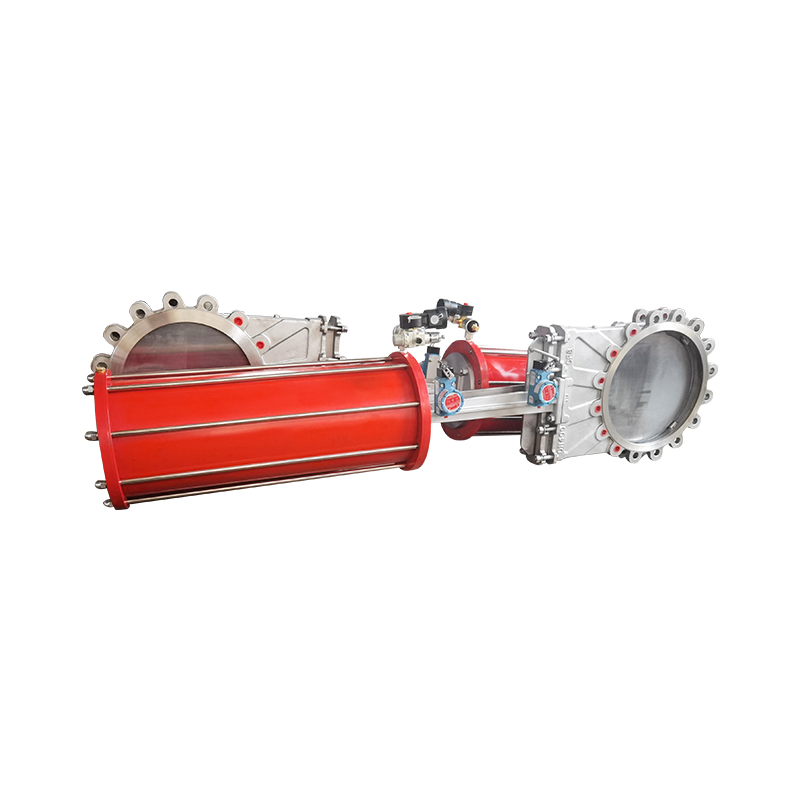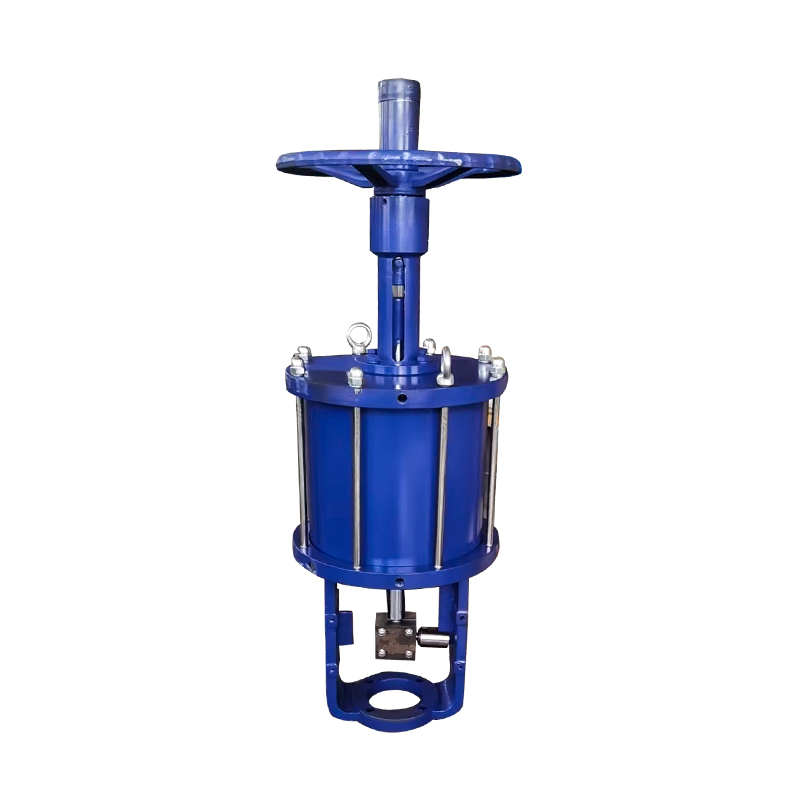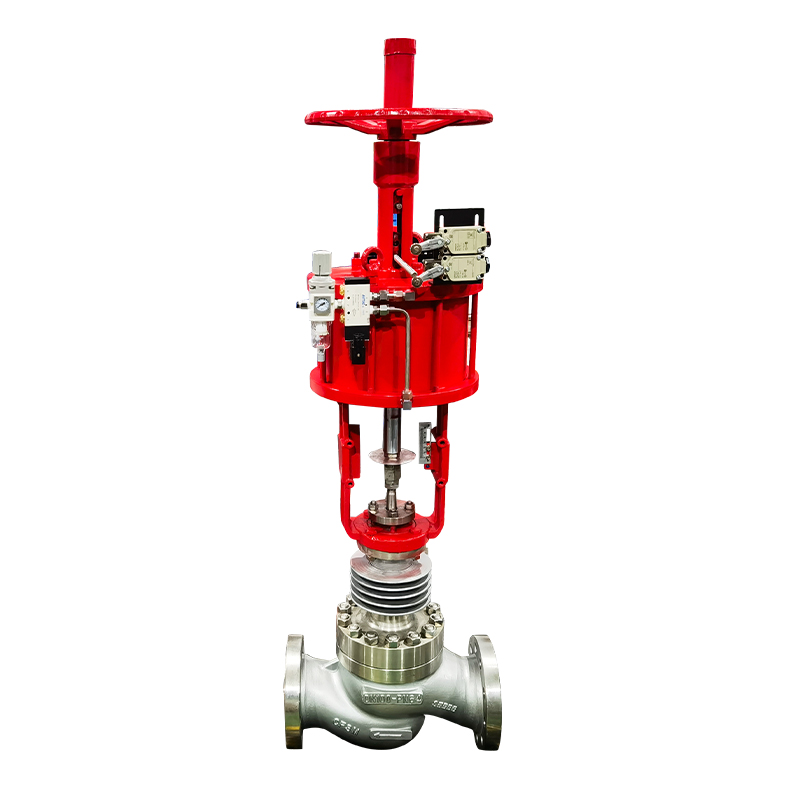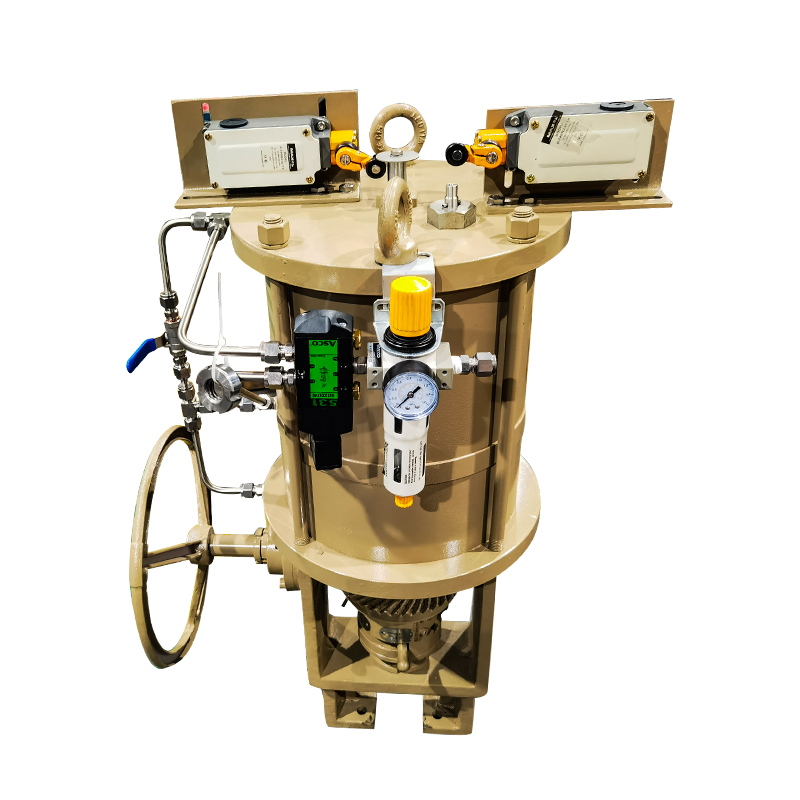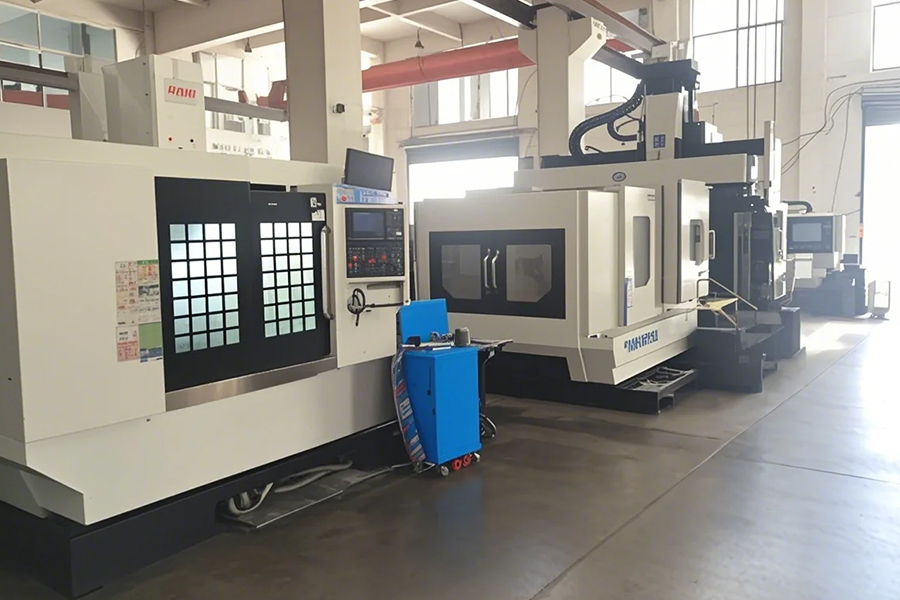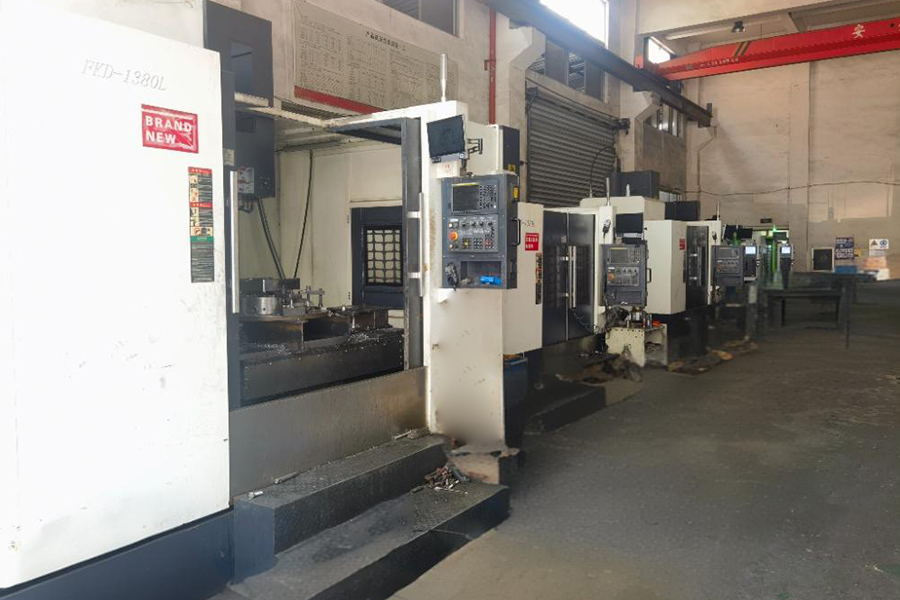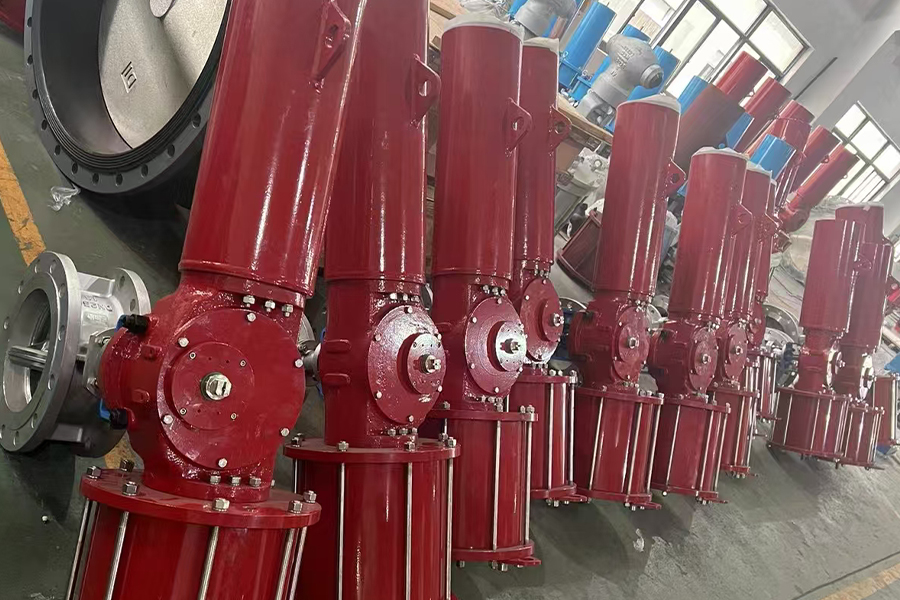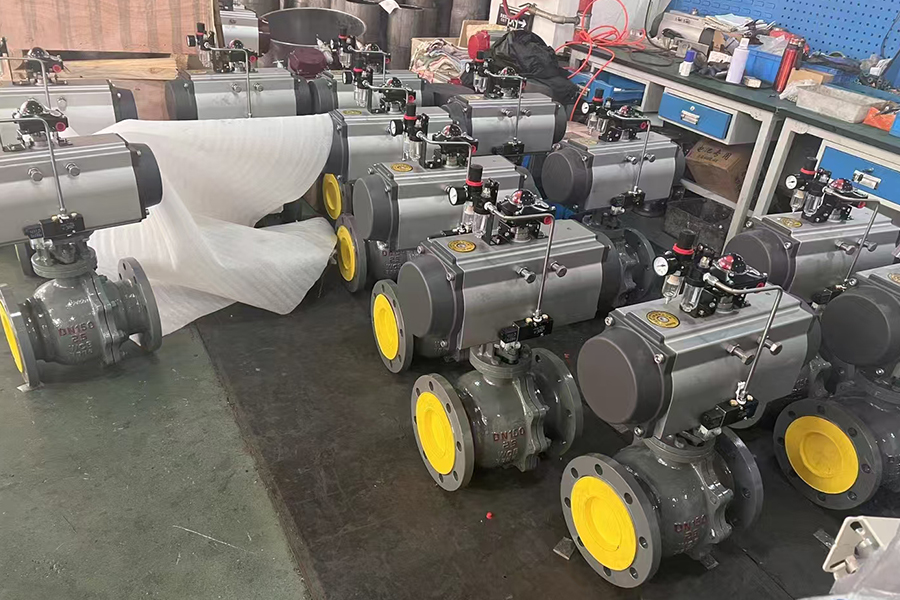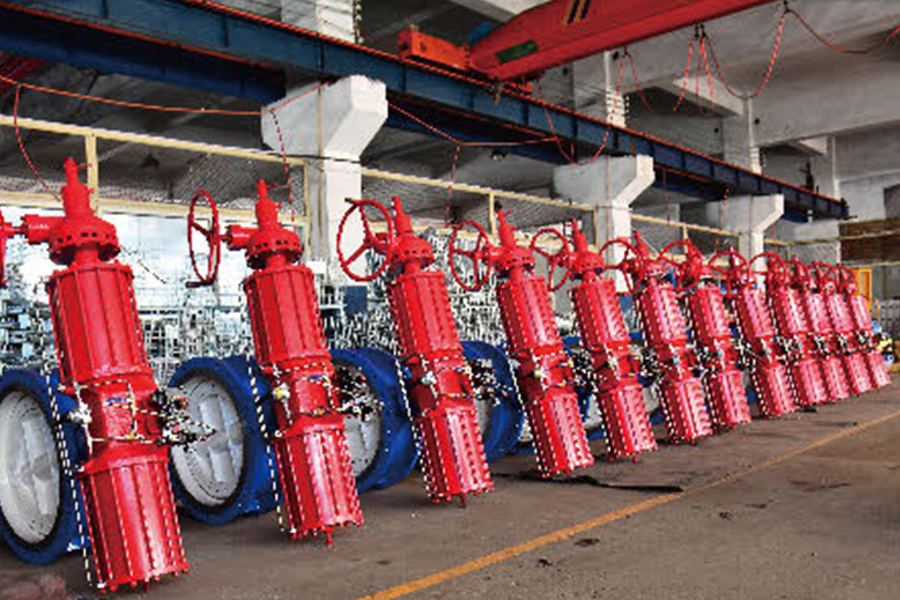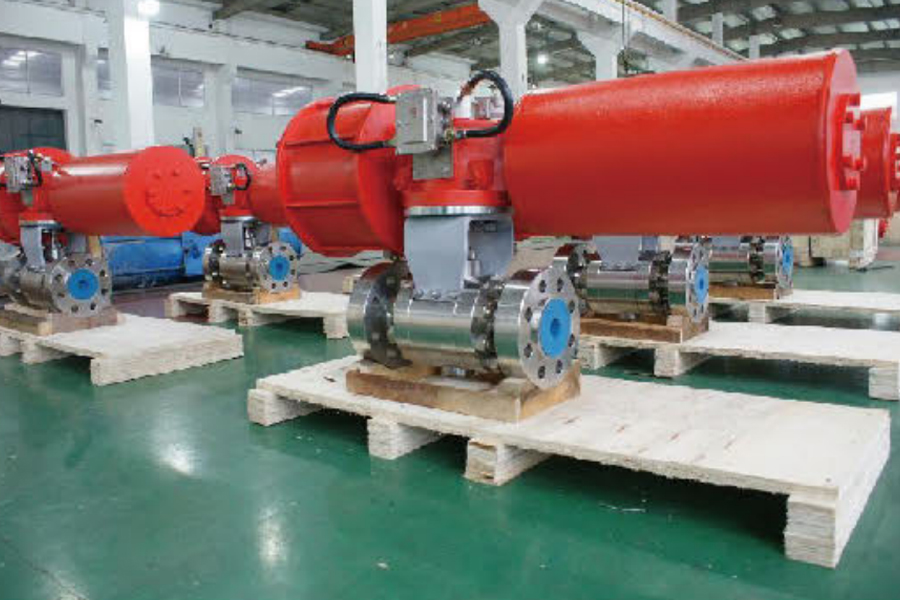A pneumatic controlled water valve is a device that regulates the flow of water in a system using compressed air to actuate the valve's movement. This type of valve plays a pivotal role in industries and systems where precise control of water flow is necessary, such as in water treatment plants, irrigation systems, and industrial applications. The core mechanism of a pneumatic controlled valve involves an actuator powered by compressed air, which adjusts the position of the valve based on a control signal, thereby opening or closing the valve to regulate the water flow.
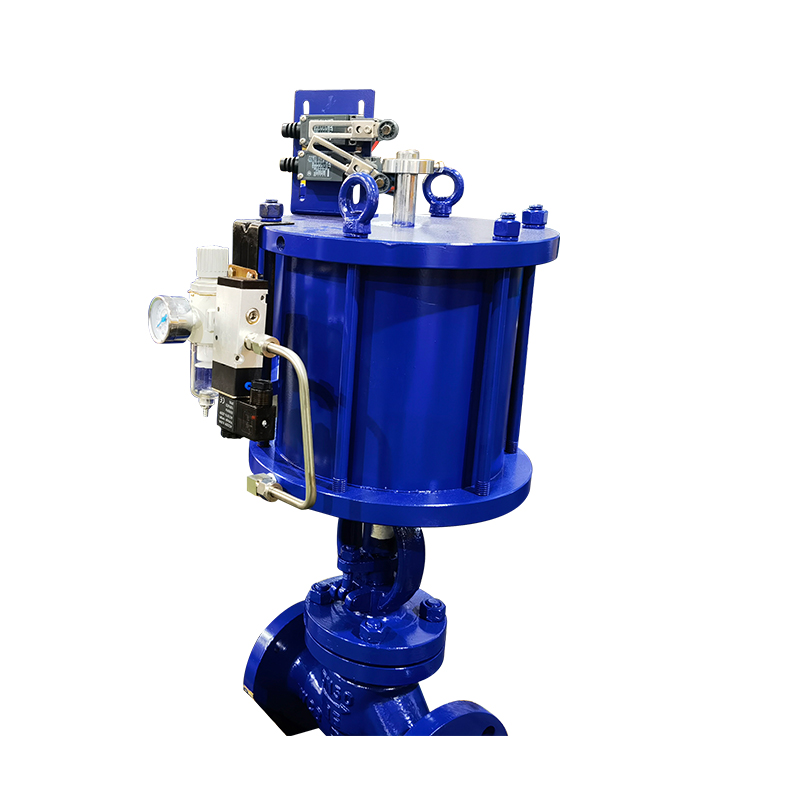
These valves are typically made from durable materials such as stainless steel or brass to ensure longevity and resistance to corrosion, especially when exposed to high-pressure or harsh environments. The pneumatic actuator is designed to offer fast and reliable operation, allowing for the efficient regulation of water, even in complex systems that require consistent and precise adjustments. One of the significant advantages of pneumatic control is the speed and responsiveness it offers, making it ideal for applications requiring frequent valve cycling or real-time flow adjustments.
In addition, pneumatic controlled water valves are often integrated into automated control systems, which allows for remote monitoring and operation. This feature enhances system efficiency by reducing the need for manual intervention and making it possible to maintain conditions with minimal oversight.
A pneumatic water valve actuator is an essential component in systems that require reliable and efficient control of water flow. The actuator operates by converting compressed air into mechanical motion, which then moves the valve to open or close, thereby controlling the flow of water through a pipe or system. The use of pneumatic actuators offers several distinct advantages in terms of efficiency and control.
One of the primary benefits of a pneumatic actuator is its speed. Pneumatic actuators can operate more rapidly compared to electric or hydraulic actuators, making them ideal for processes that demand quick response times. The ability to instantly open or close the valve with the help of compressed air ensures minimal delays, which is crucial in industries like chemical processing, water treatment, or food and beverage where precision and timing are paramount.
The price of a pneumatic butterfly valve can vary depending on a range of factors including size, materials, specifications, and the complexity of the system. Pneumatic butterfly valves are widely used in industries such as HVAC, water treatment, oil and gas, and food processing, where their compact design and efficient operation make them an attractive choice for regulating flow.
One of the key elements influencing the price of a pneumatic butterfly valve is the material used in its construction. Valves made from high-quality materials such as stainless steel or alloys resistant to corrosion and wear tend to be more expensive, but they also offer durability and performance in harsh environments. For example, valves designed to handle corrosive chemicals or temperatures will typically cost more due to the specialized materials required.
Another factor that impacts price is the size of the valve. Larger valves designed for high-pressure systems or applications involving large amounts of water will generally be more expensive than smaller models. The actuator type also plays a role in determining the price. While simple pneumatic actuators may be less costly, more advanced actuators with additional features such as positioners, sensors, or fail-safe systems will add to the overall price.








